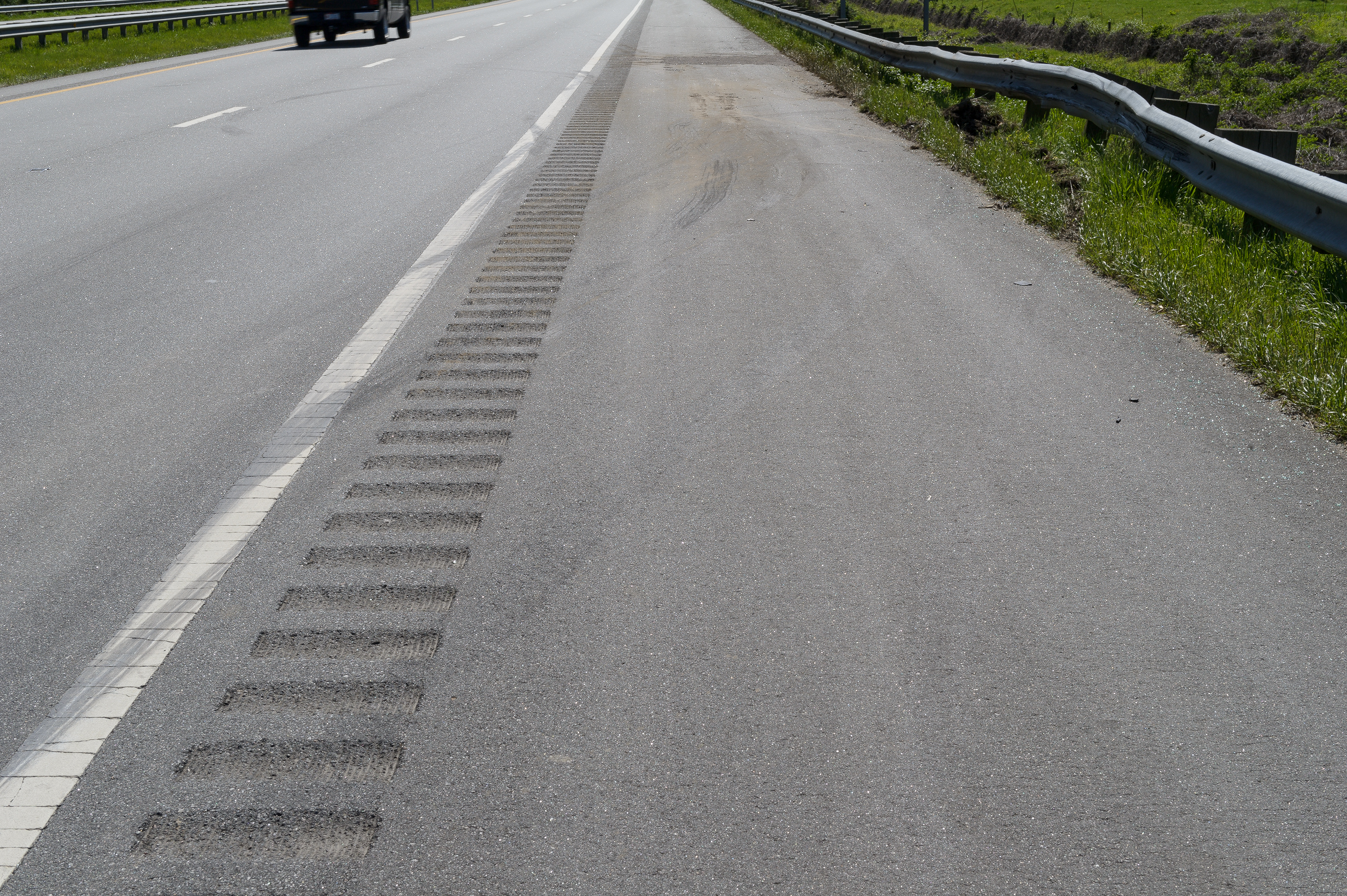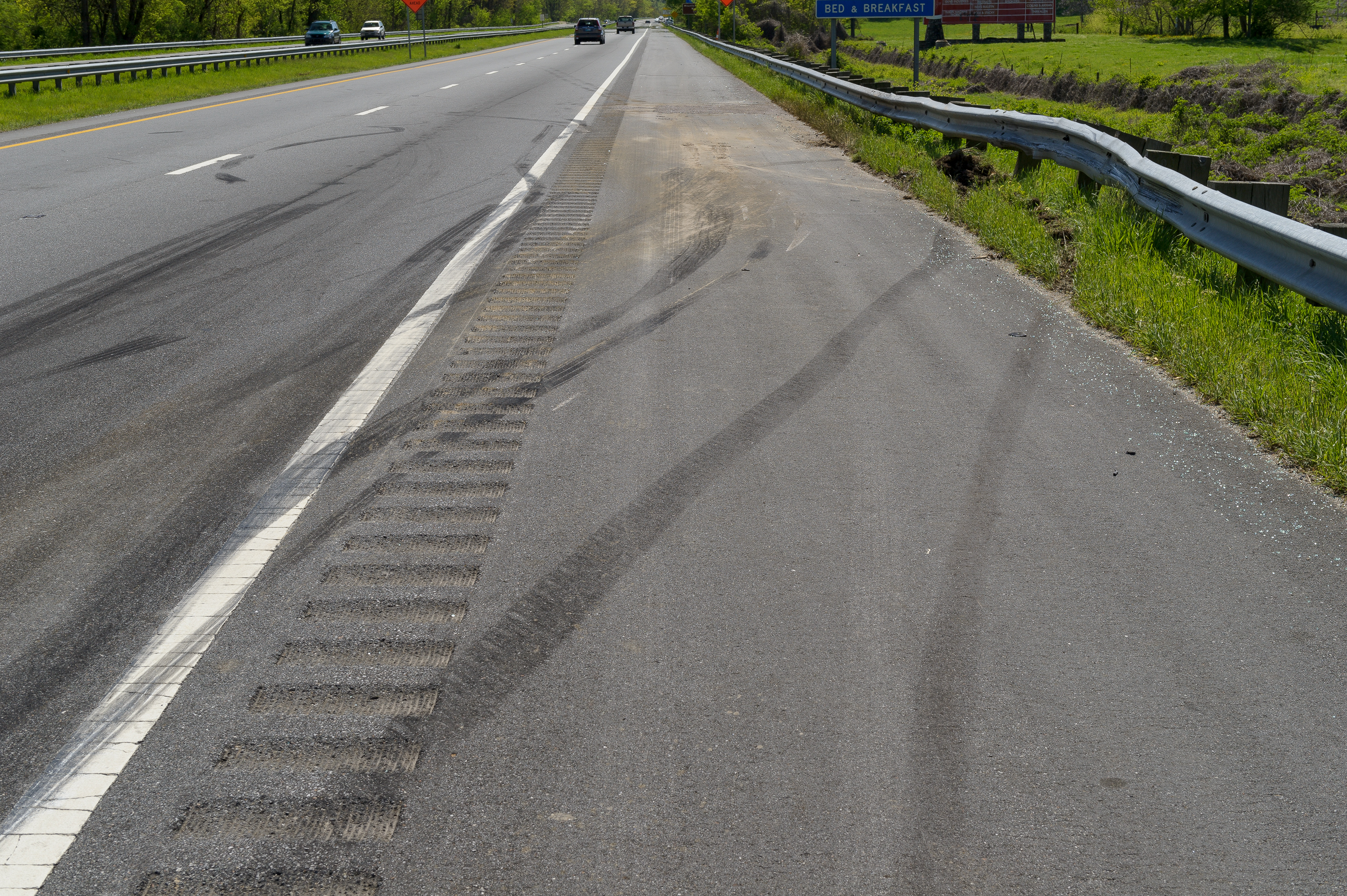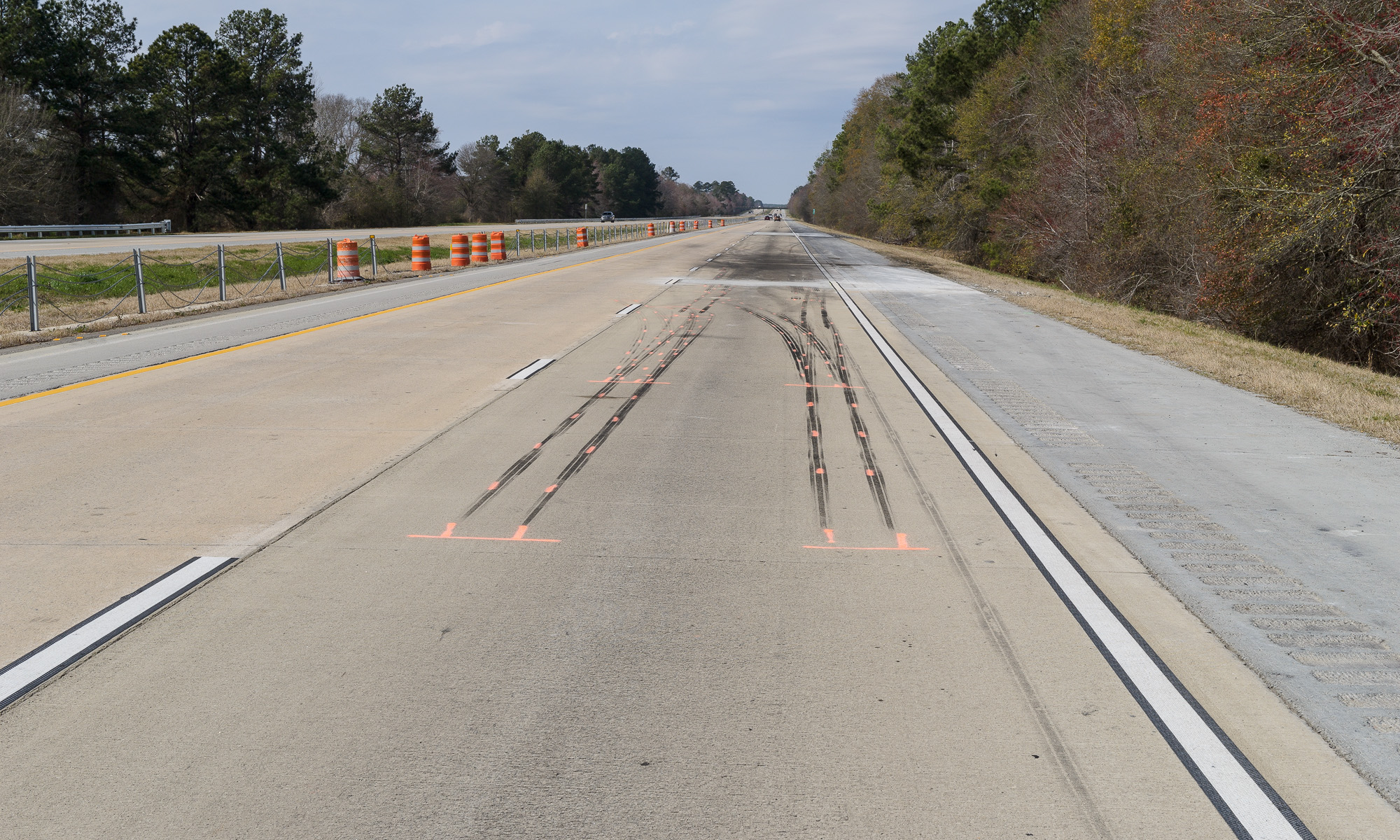Except when making night photographs, I almost always use a polarizing filter (polarizer) when photographing accident sites. Rotating a polarizing filter removes glare and increases saturation relative to the angle of rotation.
Fortunately, to determine the amount of rotation you need for the effect you want, simply look through the polarizer (through the threaded side if you’re holding it, or through the viewfinder or rear LCD once it’s mounted on your lens) as you turn the outside ring. There are no settings or calculations or other analysis you have to do to get the effect you want. But, like polarized sunglasses, polarizing filters decrease the light, so you will have to adjust your exposure accordingly. Most polarizers require an additional one-to-two stops of exposure to compensate.
Speaking of sunglasses, make sure you remove your sunglasses—especially if they are polarized—before looking through your polarizer. Otherwise, you won’t be seeing the actual effect of your filter. In fact, if they line up, you won’t see anything; it will all go black.
While a polarizer will take the glare off of roads, grass, and trees at accident sites, it has its greatest effect on tire marks. In this first image, you can tell there are multiple tire marks on the road, but they lack definition. The photograph is properly exposed, but glare obscures any detail. (Click on an image to enlarge. Click on back arrow to return to this post.)

For this second image, I attached a polarizer to the front of the lens, and rotated it until I got the maximum detail in the tire marks. I had to brighten the exposure to compensate for the light lost with the polarizer. This is rarely an issue when your camera is on a tripod, but if your polarizer loses two stops of light, it might be difficult to keep the shutter speed high enough to handhold the camera.

This photograph obviously shows much more detail than you could ever extract from the first image. This increase in detail from reduction of glare is what makes a polarizer one of the three most important accessories for automotive forensic photography, along with flash and a tripod.
It’s important to remember to rotate the polarizer between each shot, and to compensate for any light loss by adjusting your exposure. It is also important to remember that a polarizer is the only filter whose effects you can’t replicate in post-processing.
